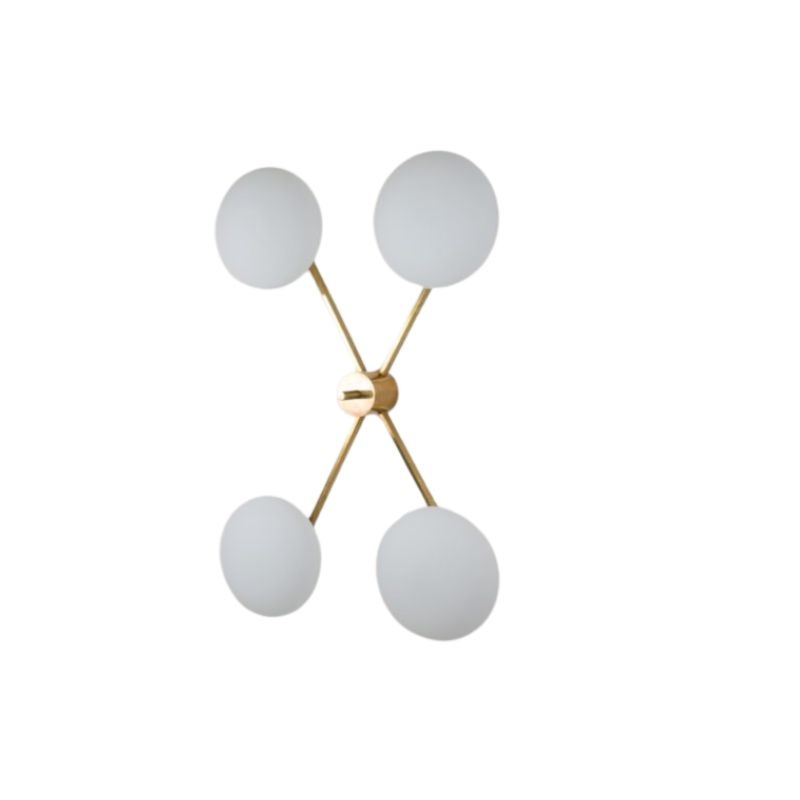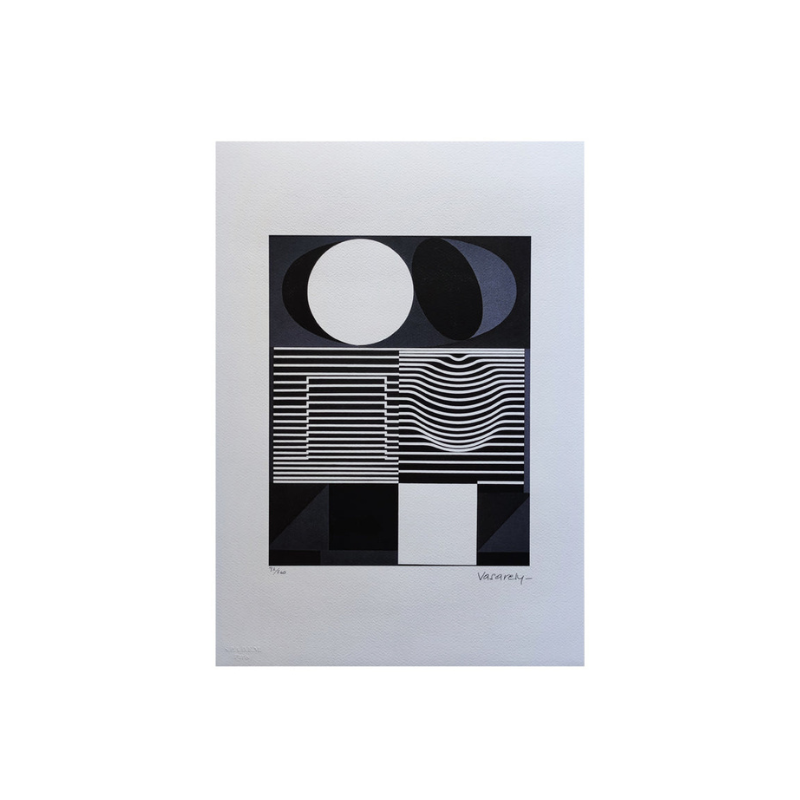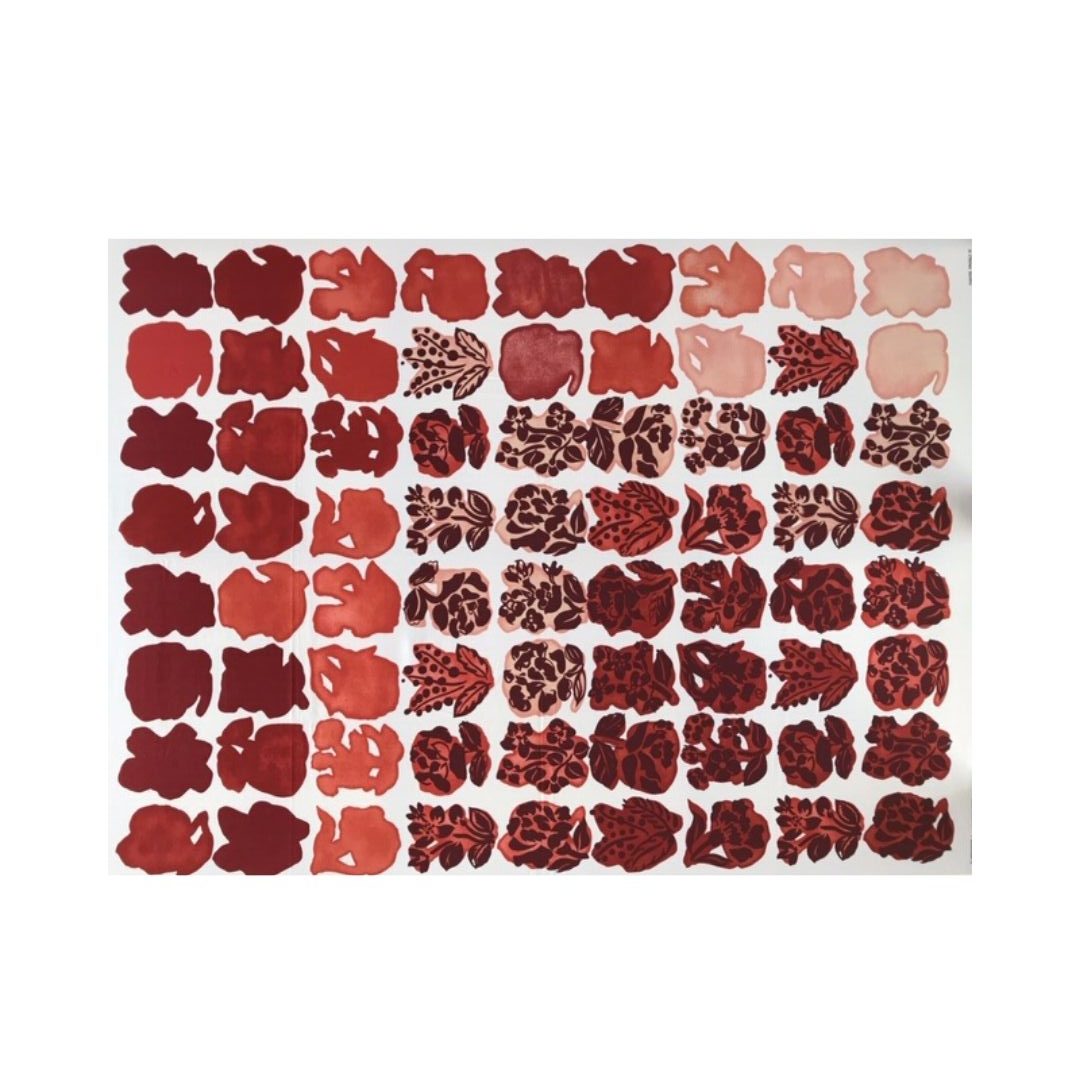I agree, and the most fun part of it is getting new things, trying how they fit, and decide whether to resell or not. It takes a lot of time, luck, and the reselling part might not give a plus at the end, but still fun. At least till one does not get to the point of considering no improvement can be further made. Any of you at this point yet? By looking at the pictures of the Dr, one would say he got to the end point, but I doubt he will soon stop this nice furnishing game.
Cheers,
Ernest
Herringbone: it is interesting that you mention walnut. I believe you are in Germany, yes? In the USA walnut was the wood of choice for referencing the Danish modern style as made in Denmark. (Ironically Finn Juhl, the great champion of teak, started this trend with Baker furniture in 1951, reserving teak for his Danish made pieces, which made some sense considering that Baker was to be higher volume and it was not possible to use teak in that case). The problem in the USA is that anything Danish Modern like, immediately picks up the feeling of the multitudes of cheaper Danish style American knockoffs, like Lane
There's lots of comments here to consider now on what constitutes the good use of vintage design versus the museum installation look.
I'm concerned that I've accumulated too much rosewood now...
The British version of walnut is afrormosia. No matter the design, it looks cheaper in afrormosia.
Leif: Funny you say that. It is correct that in Germany (and possibly in Denmark, too) walnut - especially the dark american walnut - has an exotic and modern feel to it. You'll find it quite rarely in conventional furniture shops and I don't even think that there's ever been a walnut tradition over here (maybe in the 19th century but certainly not in the mcm years). Walnut has only come into fashion in the last couple of years and since it is pretty expensive it is only used in higher end furniture. Oak in contrast has had a pretty bad reputation in Germany. We have a long oak tradition and many people associate oak with pieces like the one in the picture.
"People buy a chair, and they don't really care who designed it." (Arne Jacobsen)
@kyle: Well it was cheaper in Afrormosia. And apropos of that the British made Danish-ish stuff is generally very much a time capsule in this sense, because it is generally a reference to something else very timely. I am sure there is an exception somewhere.
And in general a museum installation can actually look very timeless. Often museums actually have the pieces that are timeless enough not to look like a time capsule.
And for the record, I am not say that there are not other ways to avoid the appearance of a time capsule. I think this is generally what Spanky is saying. I am only making the point that it is actually possible to stay within DrPoulet's preference of Danish Modern, and even more so than he has done in his current flat's arrangement, and not look like a time capsule. And it is the edges of a phenomenon where you learn what the phenomenon is, so that is what I am interested in.
Fish swimming in the ocean say to each other, "water, what is that?" The fish on the beach knows.
Herringbone: American Black Walnut characteristically is not very color consistent. The dark heartwood is not consistently dark and the light sapwood is not consistently light, and the two are not consistently separated in the tree. Unlike teak, where the heartwood is extremely delineated on the outside of the tree. The result is that nearly all American made walnut furniture is stained over the top with a dark walnut stain to even out the color. And especially in a Modernist context where appreciation for materials, especially wood is high, walnut causes problems for manufacturers because buyers may not be happy with the unstained appearance. So there are some studio made custom or nearly custom pieces in the USA that are made in walnut, but it is very hard for them to escape the close relationship to knockoff danish modern. Perhaps in Germany that is possible?
@Herringbone I think that's slightly different though.
There's examples of awful designs in all types of timber, but it's the combination of the copycats of the Danish modern movement and the most common and cheaper wood used in those more mass produced pieces. The UK and I believe the US both went through the honey oak stage and the knotty pine era, but neither of those was imitating the high quality designs out of the mid century.
@Leif
Yes, maybe 'museum installation' was a bad phrase. You're right, I love that kind of aesthetic especially when the designs are arranged in a practical manner on a white background. To me, it's then all about the condition and quality of the pieces and the minimalism of the surrounding decorating.
I messaged user @thomnem on Instagram to see if he'd mind me sharing his interior, because I thought this was a superb example of doing it well with almost all teak and Danish modern and still looking just completely timeless.
Also, if anyone here doesn't already use Instagram it's great for this stuff and Leif's pad is pretty damn stunning too. I doubt any house guest at yours would guess the Moller 71s they're sitting on are almost 70 years old.
Sorry to hijack DrPoulet's thread.
Thomnem has a very fine collection of furniture. I think it would be fair to say that all of those piece in that photo are very original designs too.
Nowadays, my guests in my new place sit on a set of oiled oak Wegner Wishbone chairs, but the are about to be demoted in favor of a mixed set of ultra rare Finn Juhl dining chairs.
And you are right, I don't think anyone would have guessed that my M
Great pictures, drPoulet! Your interieur is magazine-worthy 🙂
Makes me feels guilty about myself and the way I collect.
I'm always so obsessed with the hunt that I forget to 'stage' my finds with the necesary respects afterwards...
This nonchalance, combined with two little children makes it often hard to maintain a crisp interior.
I loved seeing your Grete Jalk chairs, they-re rather scarce.
Great stuff!
If you need any help, please contact us at – info@designaddict.com









